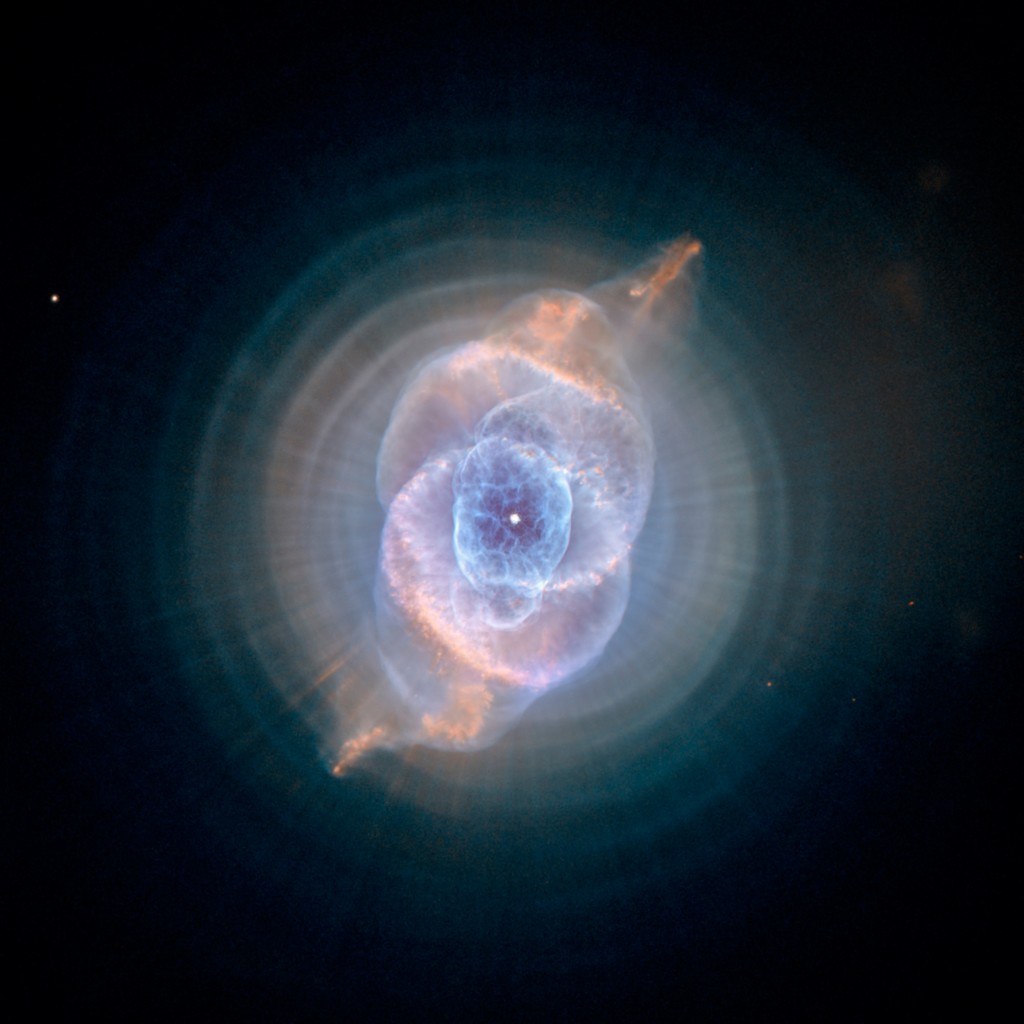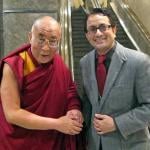
Credit: NASA, ESA, HEIC, and The Hubble Heritage Team (STScI/AURA)
Acknowledgment: R. Corradi (Isaac Newton Group of Telescopes, Spain) and Z. Tsvetanov (NASA)
I sometimes get a kick out of the online comments of a fellow who espouses a particularly crude and simplistic scientism. He recently posted the following:
You won’t find even one instance where science has had to say it was wrong, and someones sacred scriptures from antiquity got it right. Not. one. time. not. one. item.
Well . . .
My response will occupy three blog posts.
I’ll start with an extended quotation from the prolific Alister McGrath, one of whose many excellent books I’m currently reading. (And, for the benefit of a certain online critic of mine, who has recently taken to suggesting that, in quoting Dr. McGrath, I’m quoting a scientifically ignorant Anglican priest in an attack on science, I’ll mention – again – that, prior to his ordination and his acquisition of Oxford doctorates in divinity and intellectual history, McGrath first earned an Oxford doctorate in molecular biophysics.)
Once upon a time, people thought that the universe had always been here. That was what the great philosopher Aristotle taught. Early Christian writers, committed to a notion of the divine creation of the universe, thought that Aristotle was wrong. During the first five centuries, they insisted that the universe was not eternal but had come into being. Nobody seems to have taken much notice of them.
Augustine of Hippo (354-430), probably the greatest and certainly the most influential Christian thinker of that age, taught that, since time was part of the created order, God could not be said to have created the universe in time; rather, God created the universe with time. . . .
Augustine argued that God brought everything into existence in a single moment of creation. Yet this created order was not static. God endowed it with the capacity to develop. The creation is meant to change over time, becoming what God intended it to be, rather than having been created in its final definitive form.
When the great intellectual renaissance of the Middle Ages began, Augustine’s approaches to the evolution of the created order and the nature of time did not fit the dominant philosophical narrative of the day, and so were marginalized. Augustine was seen as a major – indeed, the major – theological authority of that age. Yet Aristotle was widely regarded as the supreme scientific authority, and his ideas came to dominate the scientific theories of the time. Medieval science was thus committed to the idea of the eternity of the world, because this was such a significant feature of Aristotle’s thought. This put Christian theologians in a difficult position. They liked Aristotle, especially his ideas on intellectual method. But they could not go along with his core belief that the universe had always existed. It seemed like an irreconcilable difference between science and religion – between Aristotle and Augustine. Both sides remained committed to their positions, and no reconciliation was really achieved.
By the end of the nineteenth century, the scientific consensus remained roughly the same on the issue of the eternity of the universe. The great Swedish physicist Svante Arrhenius (1859-1927), who won the Nobel Prize for chemistry in 1903, wrote a best-selling work entitled Worlds in the Making (1906). In this he argued for an infinite, self-perpetuating universe without beginning or end, based partly on the recently discovered principle of the “indestructibility of energy.” Arrhenius made clear his fundamental “conviction that the Universe in its essence has always been what it is now. Matter, energy, and life have only varied as to shape and position in space.” Matter and energy might move around the universe; there was, however, no overall change within the system as a whole.
Alister McGrath, The Big Question: Why We Can’t Stop Talking about Science, Faith and God (New York: St. Martin’s Press, 2015), 78-80.
Thus ends Part One of Three.










